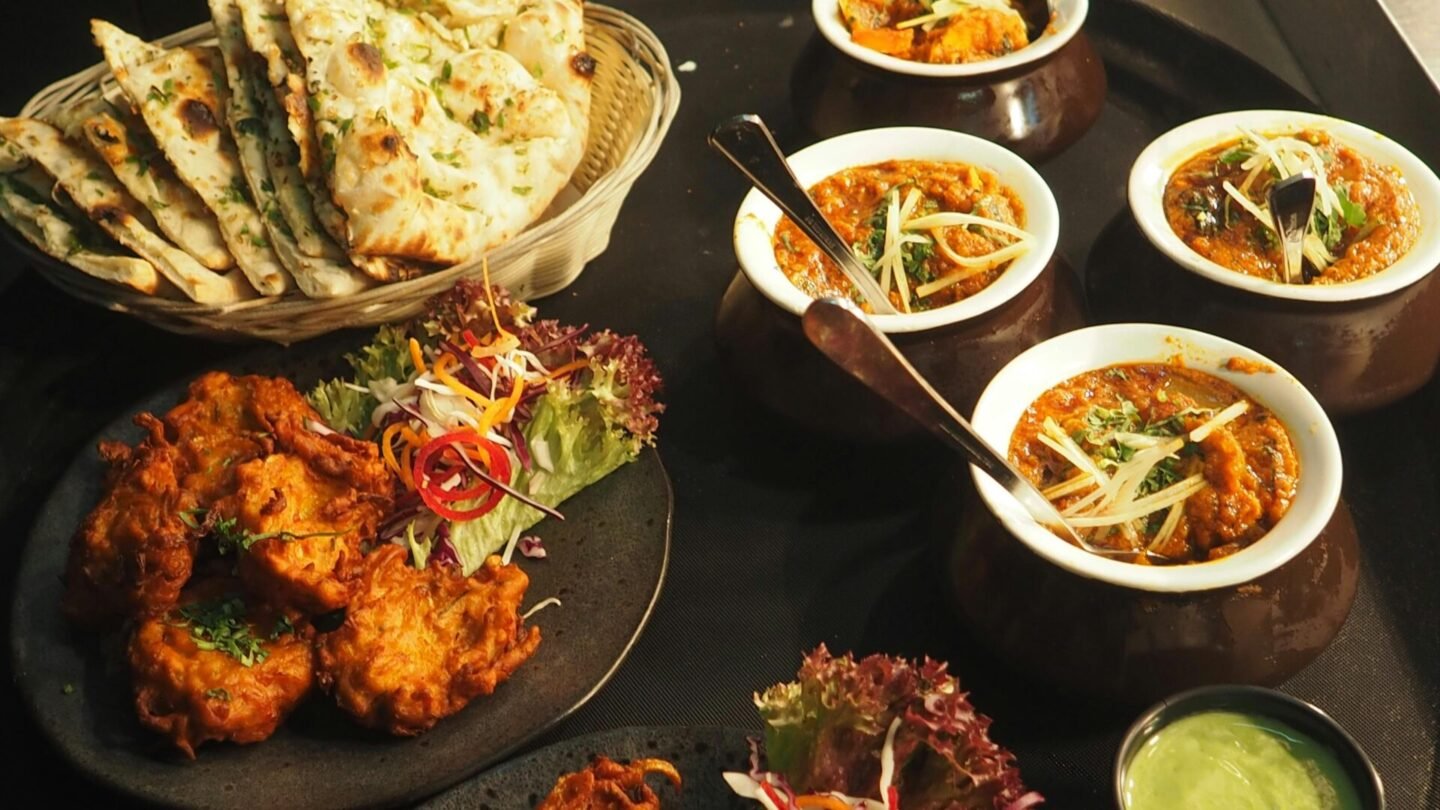
Indian cuisine is a vibrant tapestry of flavors, aromas, and textures, each dish telling a story rooted in centuries of tradition. From the bustling streets of Delhi to the coastal towns of Kerala, Indian food offers an unparalleled culinary journey that captivates the senses. Exploring these diverse flavors provides not only a delightful dining experience but also a glimpse into the country’s rich cultural heritage.
A Symphony of Spices
At the heart of Indian cuisine lies its masterful use of spices. Ingredients like cumin, coriander, turmeric, cardamom, and mustard seeds transform simple dishes into aromatic delights. Each region of India has its own unique spice combinations, resulting in flavors that range from fiery and bold to subtle and soothing. For example, the northern regions favor rich, creamy gravies with aromatic spices, while southern India is known for its tangy and coconut-based curries. Understanding these nuances allows diners to truly appreciate the depth and complexity of Indian cooking.
Regional Diversity on a Plate
India’s vast landscape means that its cuisine is incredibly diverse. In the north, dishes like butter chicken, biryani, and paneer tikka dominate menus, offering hearty flavors and indulgent textures. In contrast, southern India features lighter fare, such as dosas, idlis, and seafood curries, which emphasize fresh ingredients and bold, tangy flavors. Eastern India delights with sweets like rasgulla and sandesh, while the west is known for its rich street food culture, including chaats and spiced snacks. Exploring these regional variations offers a culinary map of India’s traditions and innovations.
Vegetarian Wonders
One of the most remarkable aspects of Indian cuisine is its abundance of vegetarian options. Rooted in cultural and religious practices, vegetarian dishes are far from plain, they are rich in flavor, texture, and nutritional value. Lentils, beans, and vegetables form the base of many meals, enhanced by spices, yogurt, and ghee to create dishes like chana masala, aloo gobi, and dal tadka. For anyone looking to enjoy a satisfying and balanced diet, Indian vegetarian cuisine is a treasure trove of options.
Sweet Endings
No exploration of Indian cuisine would be complete without sampling its desserts. Indian sweets, or mithai, offer a delightful conclusion to any meal. From the syrupy gulab jamun to the delicate kulfi, each dessert reflects regional influences and traditional techniques. Ingredients like saffron, rosewater, and cardamom infuse these treats with fragrant and unforgettable flavors, leaving a lasting impression long after the meal has ended.
Dining Experiences Worth Trying
While Indian cuisine can be enjoyed at home, dining at a well-curated restaurant adds an entirely new dimension. Whether it’s savoring freshly baked naan from a tandoor oven or experiencing the balance of spices in a perfectly crafted curry, the right setting elevates the experience. For those in Clifton looking for an authentic culinary journey, Best Indian Clifton offers an exceptional menu that celebrates traditional flavors with a modern twist, ensuring each visit is memorable.
Bringing India to Your Table
Exploring Indian cuisine doesn’t require traveling across continents. Many ingredients and recipes are accessible to home cooks eager to recreate the magic. With a few key spices, fresh vegetables, and some patience, anyone can bring the rich, layered flavors of India into their kitchen. Experimenting with different regions and dishes can turn everyday meals into a celebration of culture and taste.
Conclusion
Indian cuisine is more than just food; it is an exploration of history, culture, and artistry. Its diverse flavors, vegetarian richness, and decadent sweets provide something for every palate. Whether indulging in street food favorites, sampling traditional regional dishes, or enjoying a dining experience at a top restaurant, the flavors of India promise to leave a lasting impression. Each bite is an invitation to explore the culinary wonders of one of the world’s most flavorful countries.
This post was written by Bill Clark. Bill is a freelance journalist who specialises in writing about culture and the arts, however will write about anything that piques his interest including business, travel and lifestyle. He can be reached on Twitter @BilboClark01.

